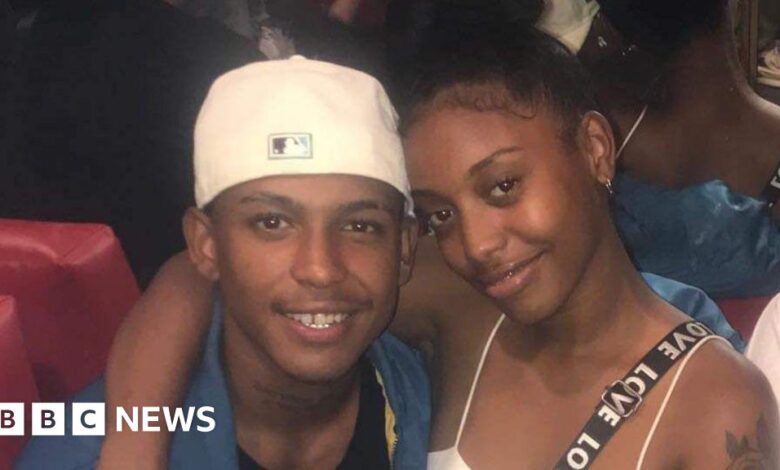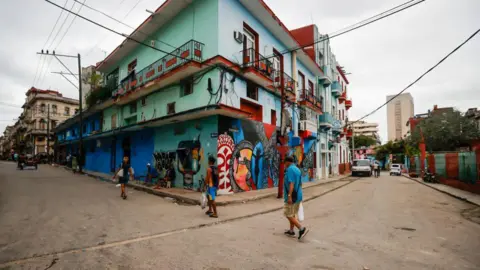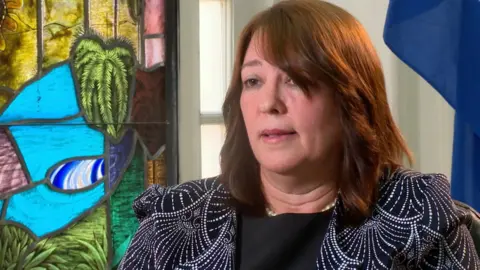Crime rate in Cuba soars due to gang and drug crime

 Family Guide
Family GuideThe late leader of the Cuban Revolution, Fidel Castro, once famously said that Cuba was “the safest country in the world.”
Given the island’s low rate of violent crime and the scarcity of guns in circulation among civilians, he might be right to assume that the title is accurate.
His critics, of course, respond that low crime rates were achieved through intimidation, that Castro’s Cuba was – and remains – a police state that refuses to criticize the communist-led government, and tramples on the human rights of its opponents.
Regardless of how it’s done, few would deny that Cuba’s streets have traditionally been among the safest in the Americas.
Samantha González, however, does not feel like she lives in the safest country in the world. Her younger brother, an aspiring music producer named Jan Franco, was murdered two months ago in a gang-related dispute.
Coming from the low-income Cayo Hueso neighborhood of Havana and just 19 years old when he was killed, Jan Franco was stabbed twice in the chest outside a recording studio, in the middle of an argument when someone pulled out a knife.
“I still can’t understand,” Samantha said, trying to put into words her grief as she scrolled through old photos of her brother on her phone.
“He was the light of our family.”
Just 20 years old and the mother of a one-year-old son, Samantha said Jan Franco was one of many young people who have lost their lives on the streets in recent months:
“A lot of young people have died this year,” she explained.
“The violence is getting out of control. They are gangs, basically, and they fight like gangs. That’s where it all comes from, the murders and the deaths of young people.”
She said they often settled arguments with knives and machetes.
“Hardly anyone settles arguments with fists anymore. It’s knives, machetes, even guns. Things I don’t understand,” she trailed off.
The situation is made worse by a new drug in Cuba called “quimico” – a cheap chemical high whose main ingredient is marijuana. Samantha said the drug is increasingly popular among young Cubans in parks and on the streets.
 Getty Images
Getty ImagesIn the past, even hinting that Cuba had a drug and street gang problem – especially to a foreign journalist – could get you in trouble.
The Cuban government has always been fiercely protective of the island’s crime-free reputation and is quick to point out that the streets here are much safer than most cities in the United States. Anything that highlights Cuba’s social problems is often dismissed as biased criticism of their socialist system or as counter-revolutionary fabrications originating from Miami or Washington.
However, public perception of worsening crime rates, a perception shared by many Cubans on social media, has been such that the government has publicly addressed the issue on state television.
In August, a version of the nightly talk show Mesa Redonda – in which Communist Party officials are invited on air to preach the party line – was titled Cuba Against Drugs.
During the broadcast, Colonel Juan Carlos Poey Guerra, head of the Interior Ministry’s anti-narcotics unit, acknowledged the existence, production and distribution of the new drug, quymico, and its impact on Cuban youth. He affirmed that the government is addressing the problem.
In another edition, on crime, the government denied that the situation was deteriorating, claiming that only 9% of crime in Cuba was violent and only 3% was murder.
However, critics question the transparency of government statistics and say there is no independent oversight of the agencies that produce the figures or the methods they use.

For its part, the government largely blames its old enemy, the United States, for the existence of synthetic opioids in Cuba and the decades-long U.S. economic embargo on the island, which it says is driving some Cubans into crime.
In a rare interview, the vice president of Cuba’s Supreme Court, Maricela Sosa Ravelo, told the BBC that the problem was being blown out of proportion on social media. She dismissed suggestions that many crimes went unreported due to a lack of public confidence in the police.
“In my 30 years as a judge and magistrate, I do not think that the Cuban people lack confidence in their government,” she declared, speaking inside the ornate Supreme Court building.
“In Cuba, the police have a high success rate in solving crimes. We don’t see people taking the law into their own hands – that happens in other parts of Latin America and elsewhere – which shows that people trust the Cuban justice system,” she argued.
But then again, that was not the experience of a recent victim of theft on the dark streets of Havana.
Shyra is a transgender activist who often speaks out about rights in Cuba. She says her story of being robbed by a man wielding a knife one evening is common.
But it was the police response that disappointed her most.
“Immediately after the attack, I came across two policemen on a motorbike on a nearby street,” Shyra recalled. She said that despite her distress, the police ignored her pleas for help.
“They openly told me, ‘We didn’t come here to do that.’ It was shocking to hear that because I told them where they could find the attacker, told them which direction he was going, what he was wearing. But they didn’t pay any attention to me.”
In the small apartment she shares with her mother, Samantha González watches a video of her brother’s memorial service. A group of Jan Franco’s friends appear outside his house and begin singing songs he wrote before his fledgling music career was cut short.
As his coffin was loaded into the hearse, the mourners were silent, except for whispered cries and prayers.
Buried alongside him and every other young victim of violence on the island, it is yet another testament to Cuba’s claim that it is the safest country in the world.



